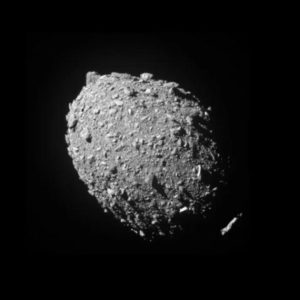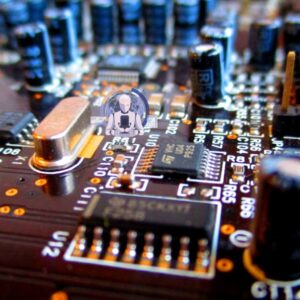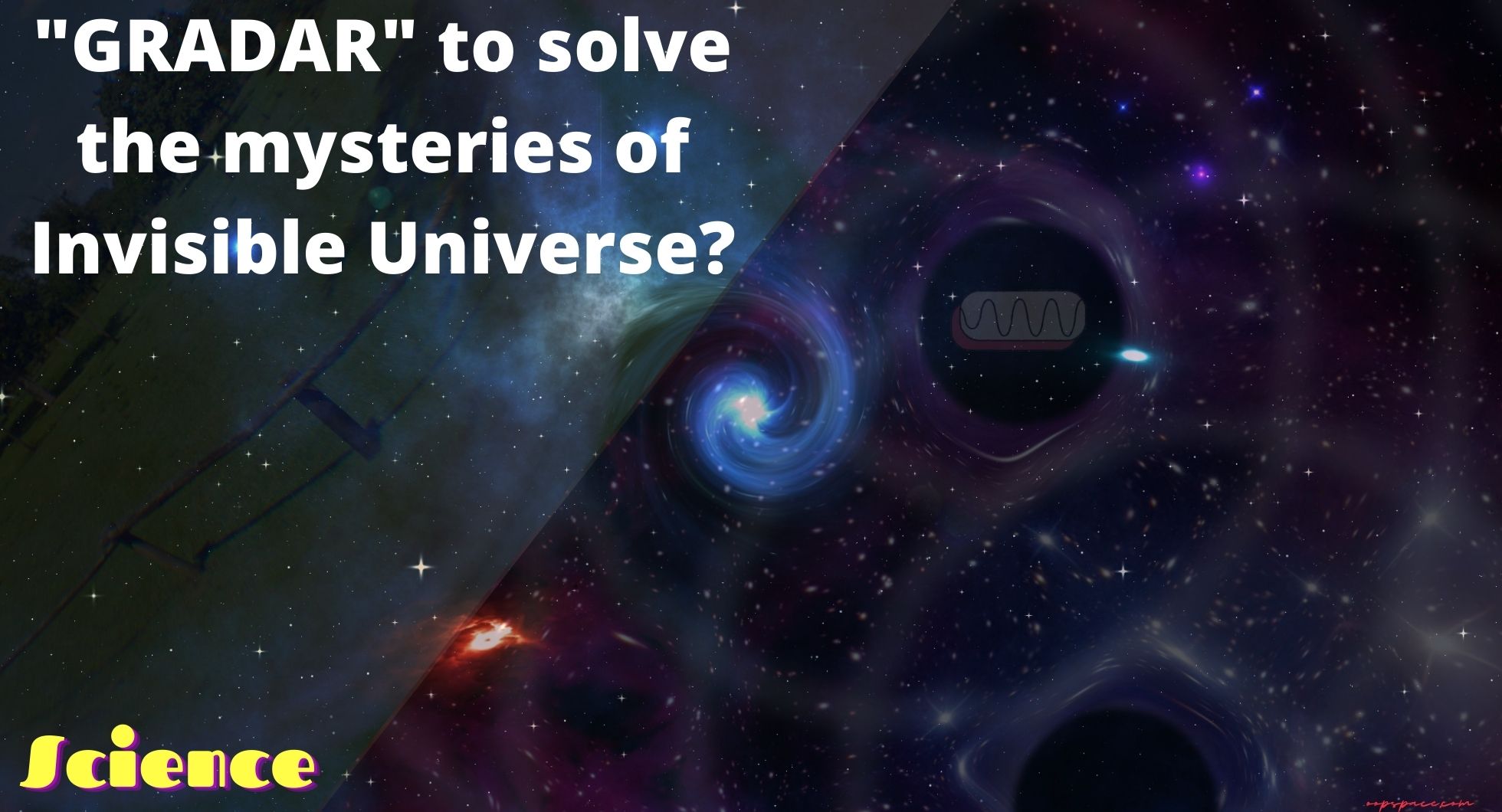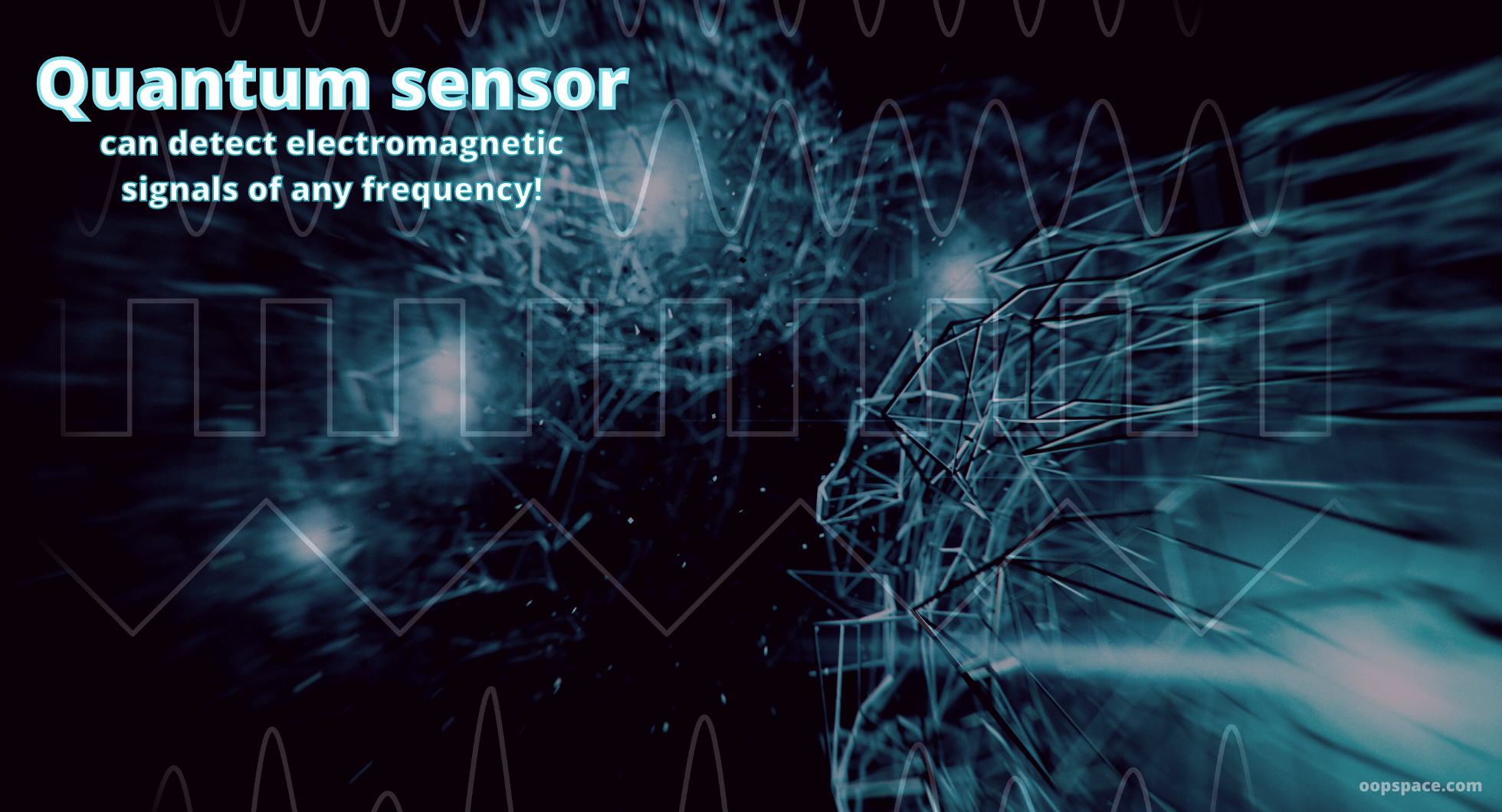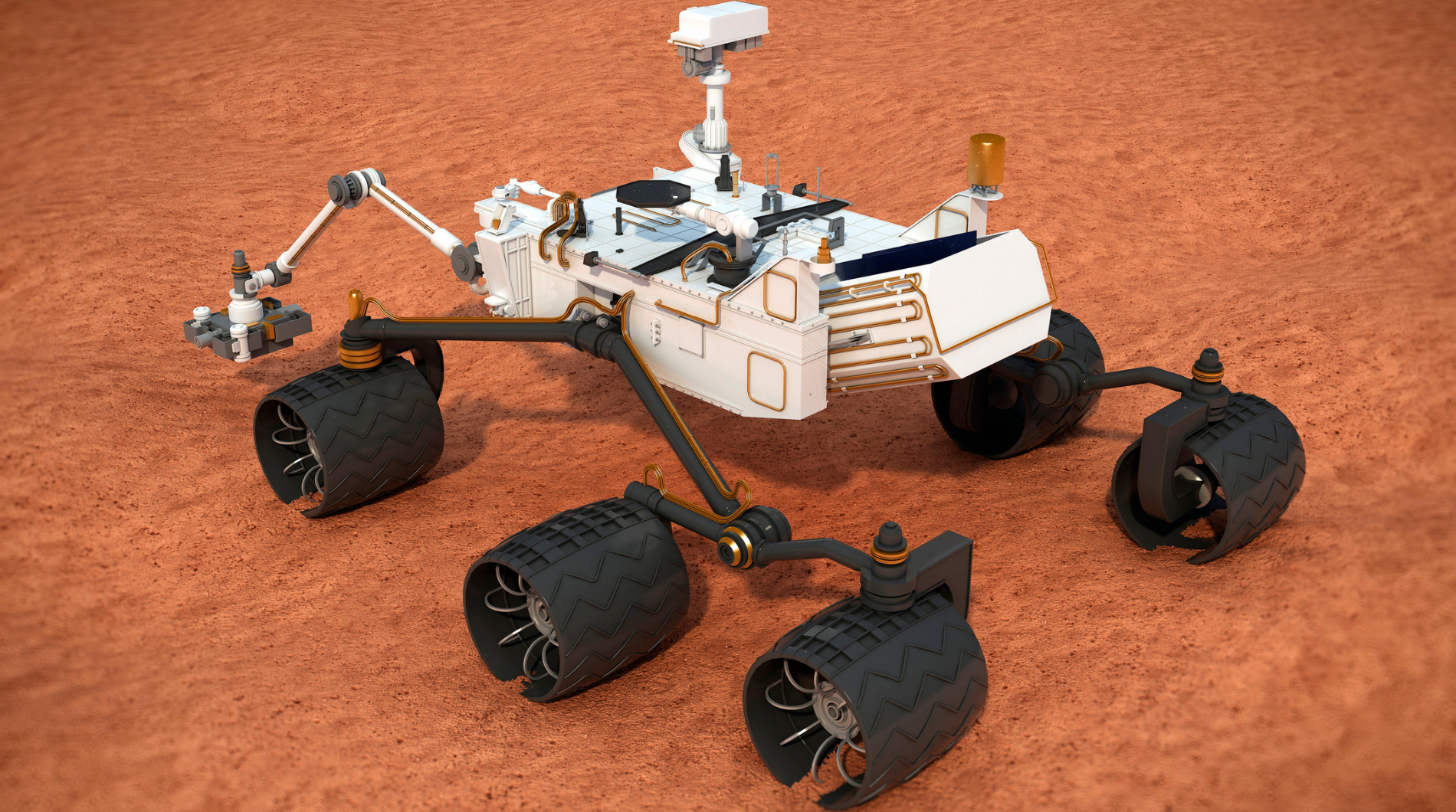The quest to uncover the secrets of black holes has entered a new phase. The Dutch Black Hole Consortium’s newest project invites the public to participate in exploring these enigmatic cosmic objects called kilonovas and contributing to research via a simple smartphone app. As an example of participatory science, this...
Space Tech
Planets and stars exhibit magnetic fields that extend from the Sun to the far reaches of our solar system. In the past, it was challenging to measure planetary magnetic fields due to the limitations of traditional magnetometers, which were often too large, required frequent calibration, and lacked the sensitivity needed...
Asteroids are big trouble for our planet’s safety. Remember the Chicxulub impactor catastrophe? That was caused by an asteroid impact with the force of 100 million megatons, which devastated the Gulf of Mexico region. Taking into account the massive loss experienced around 66 million years ago, NASA conducted a test...
The first-ever original sample collected from any asteroid by NASA’s OSIRIS-REx mission has completed its extraordinary journey. 70% of the sample will be preserved for future scientists not yet born, according to OSIRIS-REx asteroid sample return mission press kit. It touched down in the Utah desert on Sunday (Sept. 24)...
The more-than-expected performance of Ingenuity has given NASA the confidence to consider expanding the role of rotorcraft in future missions, potentially providing unique perspectives, high-definition imagery, and access to challenging terrain.
India’s Chandrayaan-3 mission carved its name in lunar exploration history by executing a flawless soft landing on the moon’s surface on 23 August, solidifying its place as the fourth nation to accomplish this remarkable achievement, compared by many with the event of India’s Independence occurred in 1947.
As we embark on this new chapter of lunar exploration, with India’s Chandrayaan-3 poised to make its historical mark in just about 5 hours, the age-old question of alien life takes on an unprecedentedly passionate state.
Turning to Artificial Intelligence (AI) to design mission hardware is becoming increasingly popular among NASA projects as AI-designed parts are lighter, more structurally sound, and can be designed much quicker than with traditional methods. Ryan McClelland, a research engineer at NASA’s Goddard Space Flight Center, Greenbelt, Maryland, has pioneered the...
A suborbital trip on Virgin Galactic’s SpaceShipTwo and Blue Origin’s New Shepard typically costs $250,000 to $500,000. Flights beyond that to actual orbit—a much higher altitude—fetch more than $50 million per seat. A trip to space is very expensive and only affordable to those who can pay a large amount...
A new simulation run on the world’s most powerful astronomy supercomputer has produced a testable scenario to explain the appearance of the Milky Way’s bar. The comparison of this scenario to data from current and future space telescopes will assist in the understanding of the evolution of our home galaxy....
If this research is confirmed and verified, it will be an important step on the journey to a more complete understanding of the Universe.
The researchers successfully demonstrated the detection of a signal with a frequency of 150 megahertz using a qubit detector with a frequency of 2.2 gigahertz in their experiments using a particular device…
This challenge is seeking innovators who can take on NASA’s Mars XR proposal and create new assets and scenarios for the new environment for testing, training, and research.


